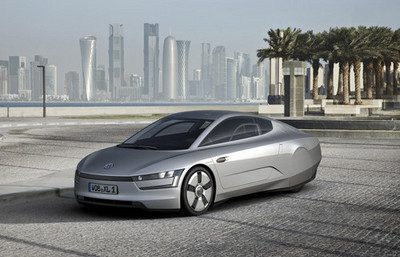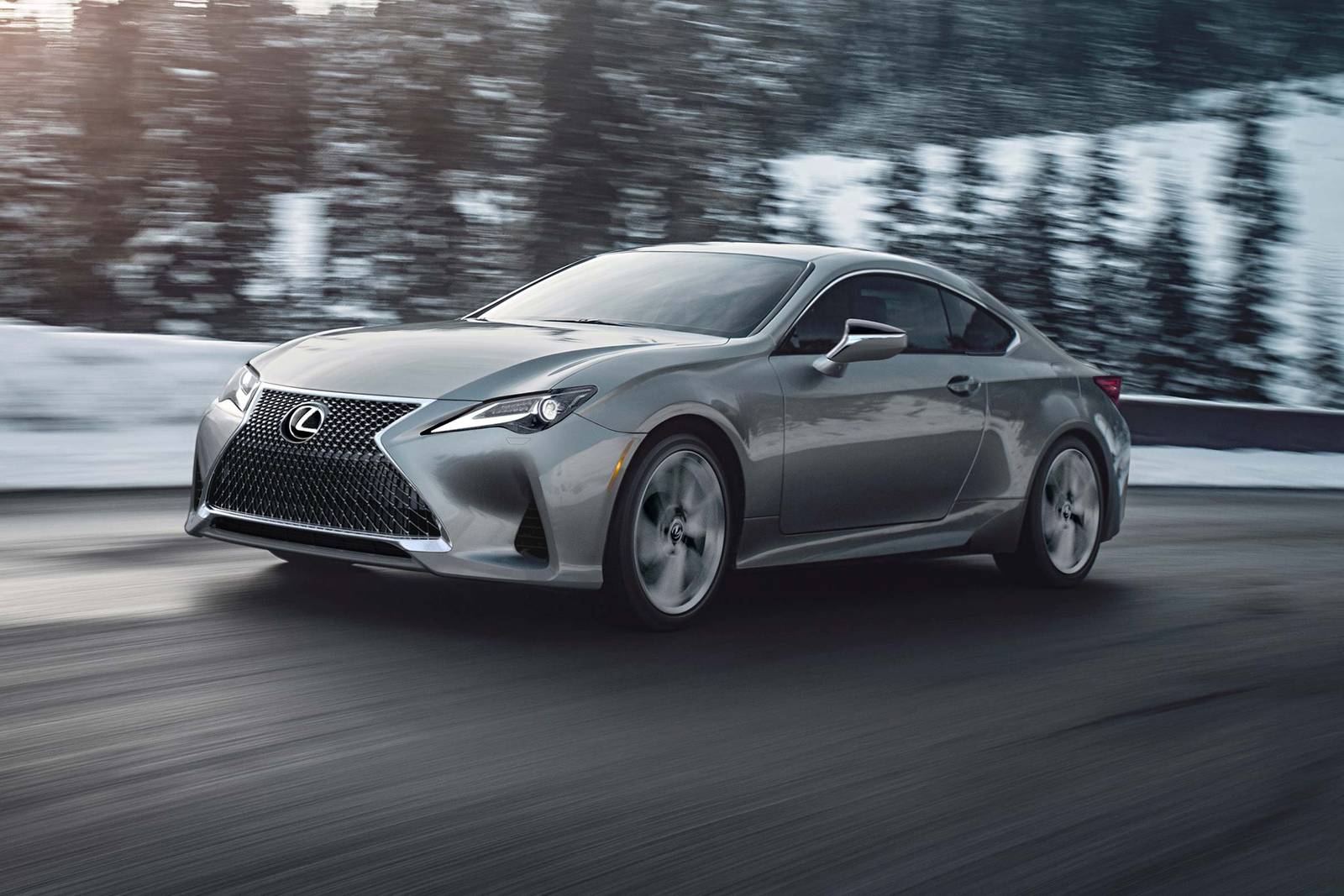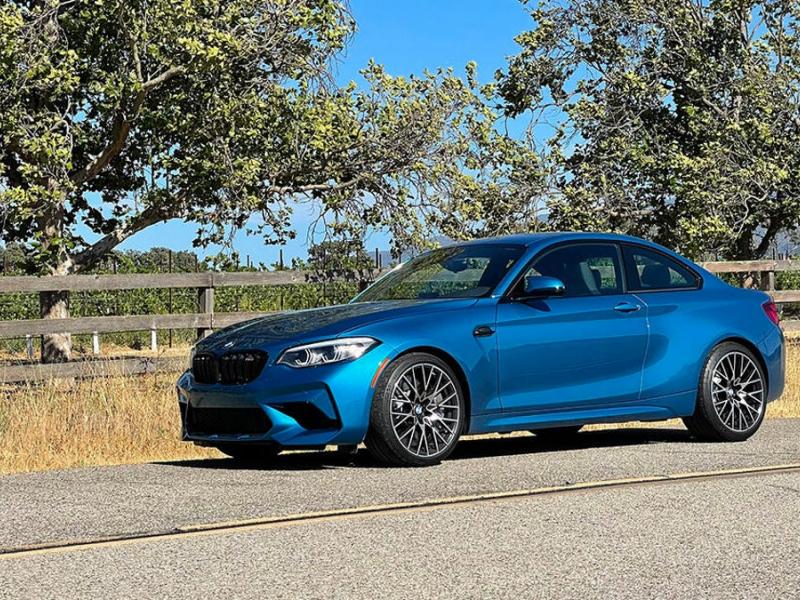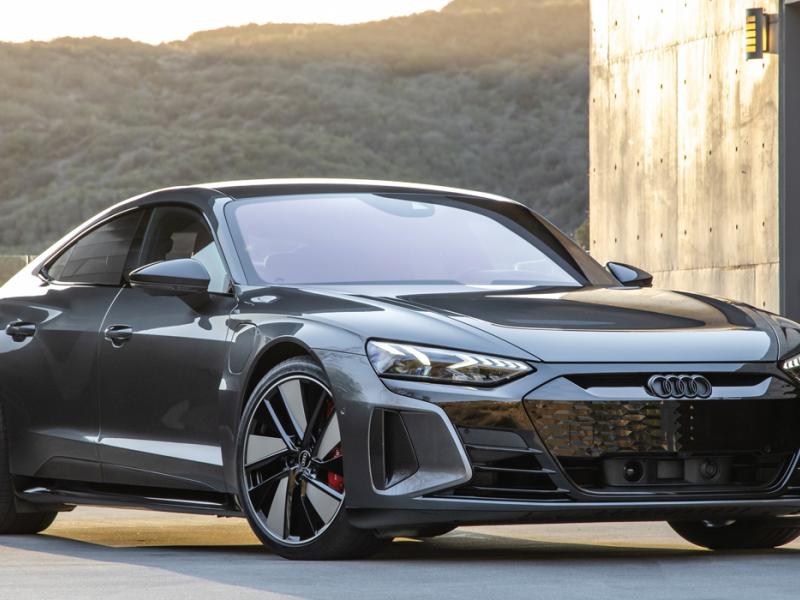Volkswagen XL1 Super Efficient Vehicle
Volkswagen XL1 is the latest concept car from VW’s line of experimental vehicles designed and developed to see how economical a car can be.
And in XL1′s case, the answer to that question is very! They call it a Super Efficient Vehicle (SEV) which is the perfect term for a car that does 313 mpg UK – 261 mpg US – 0.9 liters/100km.
That is an unbelievable record. In order to achieve that Volkswagen has equipped the XL1 with a hybrid system consisting of a compact 800 cc TDI two-cylinder common rail diesel engine developing 48 PS and an electric motor producing 27 PS. That means a total output of 75 PS which gives the car a top speed of 99 mpg (limited).

That incredible record is not all due to the powertrain. The lightweight aerodynamic body that has a drag coefficient of just 0.186 and weighs 795 kg also contributes a lot. They’ve used some very fancy materials to keep that figure that low.
The XL1 concept is on display at Qatar Motor Show till the end of the month.
Press Release:
The new Volkswagen XL1 Super Efficient Vehicle (SEV) has been unveiled at the Qatar Motor Show. Pioneering construction techniques, an advanced plug-in hybrid drivetrain and innovative packaging all play a part in allowing the XL1 to return 313 mpg on the combined cycle while emitting 24 g/km of CO2to set a new benchmark for vehicle efficiency.
Powering the XL1 is a compact 800 cc TDI two-cylinder common rail diesel engine developing 48 PS. It’s linked to an electric motor producing 27 PS, resulting in a total of 75 PS – a modest output yet more than enough when the low kerb weight (795 kg) of the vehicle is taken into account.
The TDI engine is linked to an electric motor and a seven-speed DSG gearbox with an automatic clutch mounted between each unit. The electric motor can either work independently of the TDI engine or in tandem when accelerating. In pure electric mode the XL1 can travel up to 35 km before the diesel engine cuts in. Accelerating from rest to 62 mph can be achieved in 11.9 seconds; the electronically limited top speed is 99 mph.
In both its styling and packaging the XL1 draws on lessons learned from the 1-Litre car (2002) and the L1 concept (2009). The XL1 has evolved to feature staggered seating with the driver and passenger placed next to each other in a body structure made from advanced new materials providing immense strength yet weighing just 230 kg.
To make such weight savings possible, and yet viable for series production, Volkswagen developed and patented a new system for the manufacture of the Carbon Fibre Reinforced Polymer (CFRP) parts on the car called the Resin Transfer Moulding (RTM) process.
In total the XL1 weighs 795 kg. In addition to the body structure, the weight is accounted for by the drivetrain (227 kg), the running gear (153 kg), the interior including a pair of bucket seats (80 kg) and the electrical system (105 kg). In total just 23.2 per cent of the car (184 kg) is made out of either steel or iron.
Further savings are made through the extensive use of lightweight materials including magnesium (wheels), ceramics (brake discs) and aluminium (dampers, steering system, brake calipers).
The styling of the XL1 is borne out of functional requirements – easy access to the interior is granted via a pair of elegant scissor doors that hinge on the A-pillar while the profile of the car has been honed in the wind tunnel, the result being a remarkable coefficient of drag figure of 0.186. The XL1’s overall length (3,970 mm) and width (1,682 mm) are similar to those of a Volkswagen Polo yet its height (1,184 mm) is more akin to that of a Lamborghini Gallardo Spyder.
Although the XL1 is still very much a concept, its unveiling marks the next step towards the birth of a new class of Super Efficient Vehicles, while the advent of a process such as RTM is a significant milestone.
Evolution of Volkswagen’s Super Efficient Vehicle class: technical data
| XL1 (2011) | L1 (2009) | 1-Litre (2002) | |
| Body | |||
| Construction method | CFRP monocoque and add-on parts | Aluminium and CFRP | Magnesium and carbon fibre |
| Dimensions: length, mm width, mm height, mm
wheelbase, mm |
3,888 1,665 1,156
2,224 |
3,813 1,200 1,143
n/a |
3,470 1,250 1,000
2,205 |
| Drive system | |||
| Type | Plug-in hybrid Rear-wheel drive |
Plug-in hybrid Rear-wheel drive |
Diesel Rear-wheel drive |
| Internal combustion engine | TDI, two-cylinder 800 cc
35 kW / 48 PS, 120 Nm |
TDI, two-cylinder 800 cc
39 PS, 100 Nm |
Single cylinder 299 cc
8.5 PS, 18.4 Nm |
| Electric motor | 20 kW / 27 PS, 100 Nm | 10 kW / 14 PS | n/a |
| Gearbox | 7-speed DSG | 7-speed DSG | 6-speed automated |
| Battery | Lithium-ion | Lithium-ion | n/a |
| Emissions class | Euro 6 | Euro 6 | n/a |
| Weight | |||
| Kerb weight | 795 kg | 380 kg | 290 kg |
| Performance / fuel economy | |||
| Top speed, km/h | 160 (electronically limited) |
160 (electronically limited) | n/a |
| 0-100 km/h, secs | 11.9 | 14.3 | n/a |
| Fuel consumption, l/100 km / mpg
(Ø NEDC) |
0.9 / 313 | 1.38 / 189 | 0.99 / 285 |
| CO2 emissions, g/km (Ø NEDC) |
24 | 36 | n/a |
| Range: E-drive | 35 km | n/a | n/a |
| Range: TDI + E-drive | approx. 550 km (10 litre fuel tank) |
670 km (10 litre fuel tank) |
650 km (6.5 litre fuel tank) |




